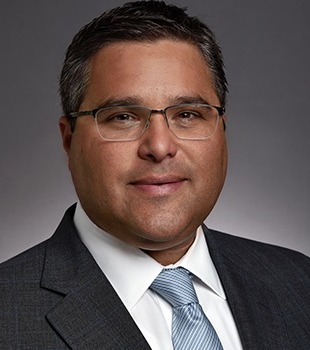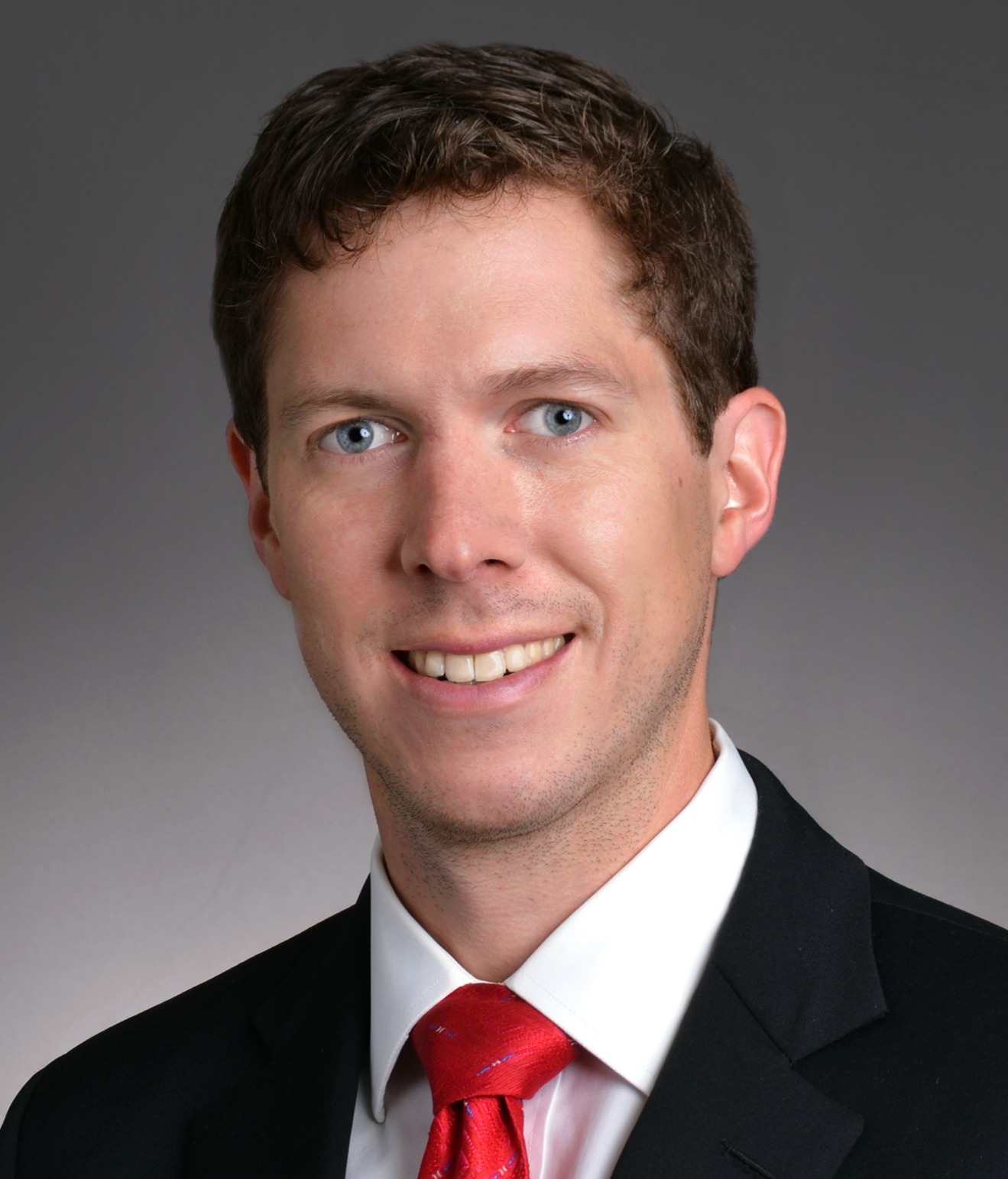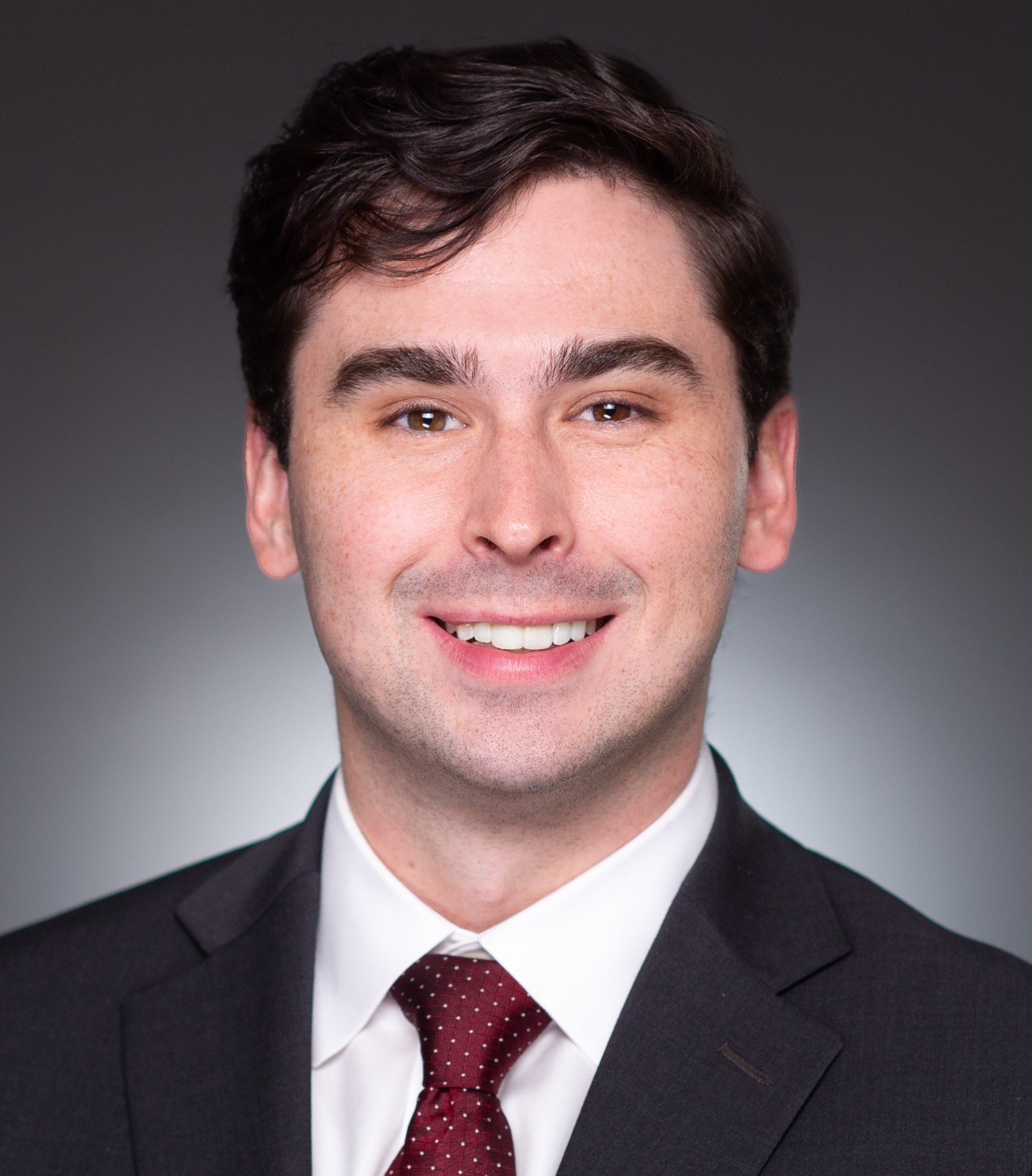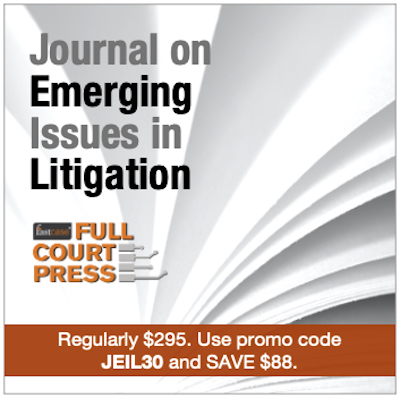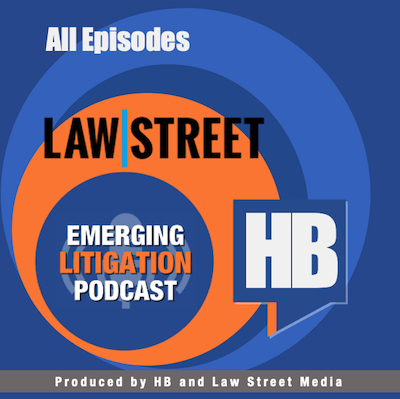Property Insurance Coverage for Emerging Risk:
Underground Climate Change
If there is an abrupt collapse as a result of underground climate change under a policy containing an earth movement exclusion, construing the policy as a whole and giving effect to all terms wherever possible should, at a minimum, result in an ambiguity in the policy that is construed in favor of coverage.
Abstract:
Studies have shown that heat emanating from basements, train tunnels, sewers, and other underground systems in major metropolises in the United States and Europe is heating the ground between city surfaces and the bedrock by as much as 27 degrees Fahrenheit. This “underground climate change” is affecting ground soil conditions, causing structural strains on buildings and exacerbating cracks and defects in walls and foundations. Whether property insurance coverage will respond to loss and damage resulting from underground climate change will likely hinge on the application of the “earth movement” exclusion and potential exceptions thereto, in addition to other policy exceptions. Focusing on broad “all risk” commercial property insurance policies, this article analyzes permutations of policy language and state law that may affect coverage for damage caused by underground climate change, including how state law treats anti-concurrent causation clauses, whether “human-caused” exceptions to earth movement exclusions may apply to underground climate change, and whether “abrupt collapse” exceptions to exclusions for building collapse may apply when undetected structural damage triggered by underground climate change triggers collapse.

